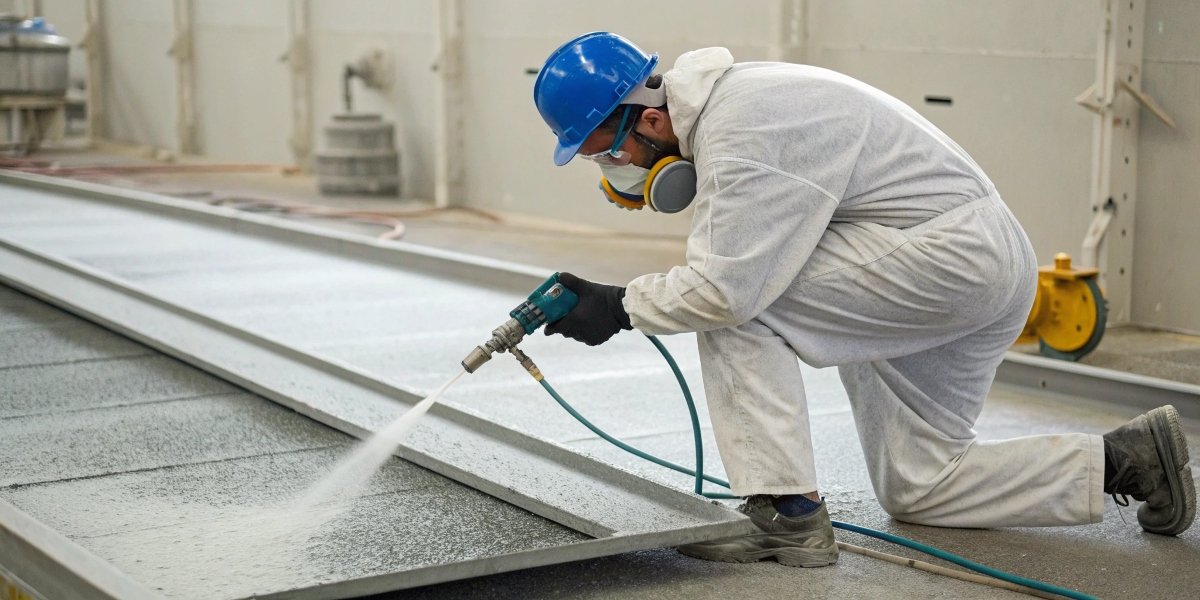
Are you tired of abrasive grains shedding prematurely from your grinding wheels? This problem ruins your workpiece, wastes tools, and ultimately costs you money. I’m here to help.
The best way to prevent abrasive particles from falling off is by selecting a wheel with the correct bond strength for your job, optimizing grinding parameters like speed and feed rate, ensuring stable machine setup, and using proper coolant. These key steps protect both the tool and your workpiece.
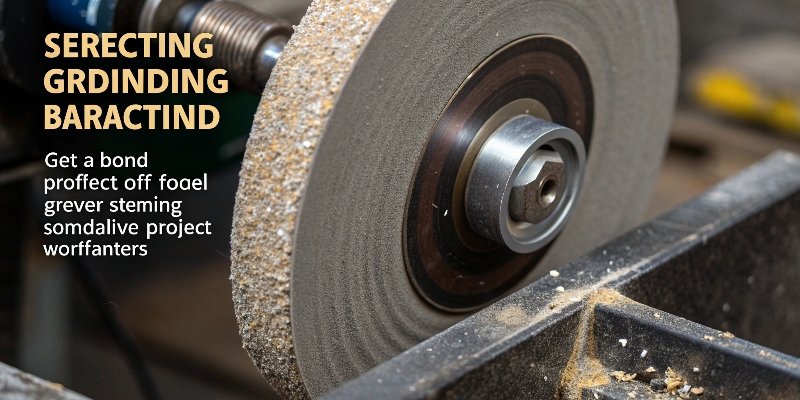
Losing abrasive grains1 early is a common headache in workshops. I’ve seen it lead to rejected parts and frustrated operators. But the good news is that you can control it. The solution isn’t just about buying a more expensive wheel; it’s about understanding why it happens and making smart adjustments. We are going to look at the causes and the practical steps you can take today to keep those grains where they belong: on the wheel and working for you.
What causes abrasive grains to shed from grinding wheels?
Does it feel like your grinding wheels are wearing out way too fast? This is a frustrating and costly problem. Understanding the root cause is the first step to solving it.
Abrasive grains primarily shed due to a breakdown of the bonding material that holds them. This is often caused by excessive heat, too much grinding pressure, high vibration, or simply using the wrong type of wheel for the material you are working on. These factors weaken the bond’s grip.
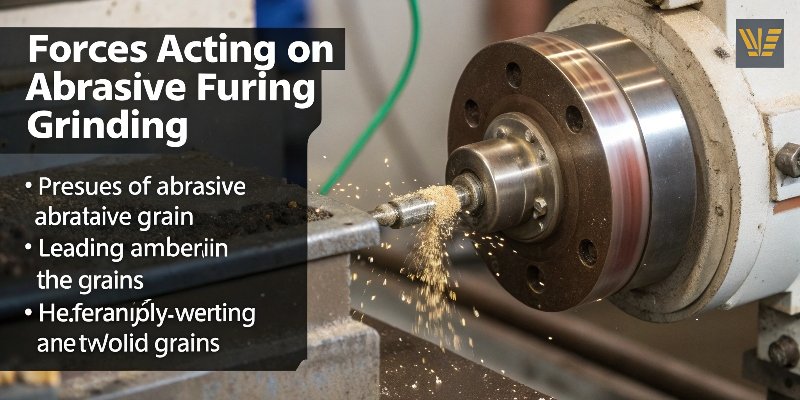
Over my nearly 30 years of manufacturing abrasives here in Henan, I’ve seen every possible reason for wheel failure. The reasons grains fall off usually fit into a few main categories. By understanding them, you can diagnose your own issues much faster. It’s rarely just one thing, but a combination of factors that pushes the wheel past its breaking point. Let’s break down the main culprits so you can spot them in your own operations.
The Bond is The Foundation
Think of the bond as the glue holding the abrasive grains. If the glue is weak or wrong for the job, the grains won’t stay put. For example, some bonds can’t handle high temperatures and soften up, releasing grains. Other bonds might be too brittle and fracture under the shock of grinding. Choosing a wheel with a bond that matches your application’s heat and pressure is the most critical decision you’ll make.
Your Grinding Process Puts Strain on the Wheel
How you use the wheel is just as important as the wheel itself. Pushing the tool too hard with a high feed rate2 or taking too deep of a cut puts immense pressure on individual grains, ripping them out before their work is done. The same goes for running the wheel at the wrong speed. Too fast or too slow can create excess vibration3 and heat, which are enemies of the bond.
You Are Using the Wrong Tool for the Job
I once had a customer who was cutting high-strength steel with a wheel designed for aluminum. The grains were shedding almost instantly. Every material interacts with abrasives differently. Using a wheel not designed for your specific workpiece material is a common recipe for failure. The abrasive type, grain size4, and bond are all formulated for specific tasks, and mismatching them leads directly to premature wear and shedding.
How does the bond strength of an abrasive affect its durability?
Have you ever noticed how some wheels last for ages while others disappear in a day? You pay for durability, but you don’t always get it. The secret is in the bond.
A strong bond holds abrasive grains more securely against heat and grinding forces, which directly increases the wheel’s lifespan and durability. A weaker bond releases grains earlier. This reduces durability but can be useful in applications that require a constant, sharp cutting surface.
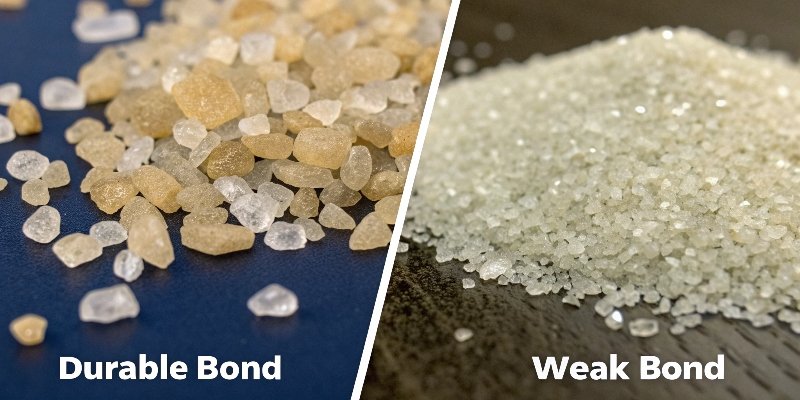
Bond strength is the heart of a durable abrasive tool. At our factory, Reliable, we consider bond formulation to be one of our most important jobs. It’s a delicate balance. A bond that is too strong won’t release dull grains, causing the wheel to glaze over and stop cutting. A bond that is too weak will shed grains that are still sharp, wasting the potential of the tool. The goal is to design a bond that holds on just long enough for the grain to do its job effectively.
Choosing the Right Bond Type
The first factor is the bond material itself. The two most common types are resin and ceramic. Resin bonds, like the phenolic resin bonds5 we often use, offer excellent flexibility and shock resistance, making them great for cutting operations and rough grinding where the wheel might experience impact. Ceramic bonds, on the other hand, are very hard and can withstand extremely high temperatures without softening. They are ideal for precision grinding where maintaining the wheel’s shape is critical. We often guide our B2B clients to choose based on whether their priority is toughness or thermal stability.
Optimizing the Bond Formula with Additives
Beyond the basic material, we can improve bond strength6 with special additives. For example, our research has shown that adding materials like potassium cryolite to a resin bond formula can increase its strength by over 30%. These additives work by creating stronger chemical links within the bond matrix at high temperatures. This prevents the bond from degrading and releasing grains prematurely, which is especially important in high-performance metal cutting.
The Importance of Abrasive Pre-treatment
Another technique we use is pre-treating the abrasive grains themselves before mixing them with the bond. We can apply a thin coating, like a hydrogenated rosin resin, to the surface of each diamond or corundum grain. This coating acts like a primer does for paint, creating a much stronger adhesive interface between the grain and the bond. This small step can reduce grain shedding by up to 25%, making a huge difference in high-precision jobs.
What are the best practices for preventing premature abrasive wear?
Are you constantly replacing your grinding wheels? This downtime costs you real money and slows down your entire production line. You can fix this by following a few simple best practices.
Key practices include selecting the right wheel, using correct operating parameters like speed and feed rate, and ensuring the wheel is mounted securely to avoid vibration. Using adequate coolant to manage heat is also crucial. These steps together will significantly extend your tool life.
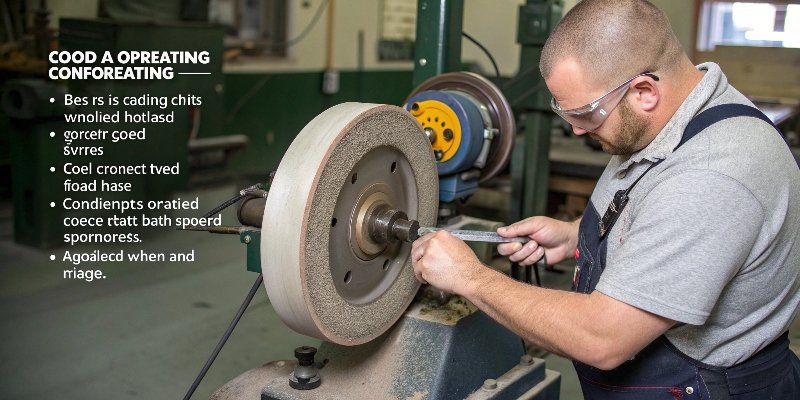
Preventing premature wear isn’t about one magic trick. It’s about creating a system of good habits. From the moment you select the wheel to the final pass on the workpiece, every step matters. In our experience, customers who implement a few consistent checks and operational rules see a dramatic increase in the life of their abrasive tools. Let’s look at the most impactful practices you can start using right away.
Proper Process Control and Operating Parameters
This is where the operator has the most control. During manufacturing, we ensure our wheels are cured uniformly to avoid weak spots. On the shop floor, you must control the grinding parameters.
- Feed Rate and Cut Depth: Reduce the feed rate and depth of cut to avoid sudden, high-impact forces that rip grains out.
- Rotational Speed: Always operate the wheel within its rated RPM range. For many of our wheels, this is below 25,000 RPM. Exceeding this limit creates dangerous stress.
Equipment Setup and Maintenance
A poorly maintained machine will destroy the best grinding wheels.
- Secure Mounting: Ensure the wheel is mounted securely on a clean flange. Any wobble or eccentricity creates vibration, which is a primary cause of grain shedding.
- Regular Inspection: Check your wheels for signs of uneven wear, cracks, or damage before each use. A good rule of thumb is to replace a wheel once it has been worn down to about 20mm from its center mounting hole.
The Role of Coolant and Coatings
Heat is the enemy of the bond.
- Coolant is Not Optional: Use a dedicated grinding fluid to flood the cutting area. This not only prevents the workpiece from burning but also keeps the wheel’s bond from softening and weakening.
- Anti-Clogging Coatings: For soft, gummy materials like aluminum, we recommend wheels with an anti-clogging coating. These coatings contain fillers like calcium carbonate that reduce friction and prevent material from loading up between grains. This can extend wheel life by 1-2 times in the right application.
| Action | Expected Improvement | Best Application |
|---|---|---|
| Optimized Resin + Additive Formula | Boosts bond strength by over 30% | Heavy-duty metal cutting & grinding |
| Abrasive Grain Pre-treatment | Reduces grain shedding by 25% | High-precision machining |
| Stable Temperature Curing Process | Minimizes chipping on wheel edges | Grinding complex shapes & profiles |
| Anti-Clogging Top Coating | Extends tool life by 1-2 times | Grinding soft metals like aluminum |
How does grain shedding impact finish quality and cutting performance?
Is your surface finish inconsistent or covered in scratches? This can lead to rejected parts and unhappy clients. The cause might be something as simple as abrasive grains shedding from your wheel.
Premature grain shedding directly harms surface finish by causing scratches and burn marks. It also drastically reduces cutting performance, forcing the machine to work harder, slowing down production, and increasing the overall cost per part. A stable wheel is essential for quality work.
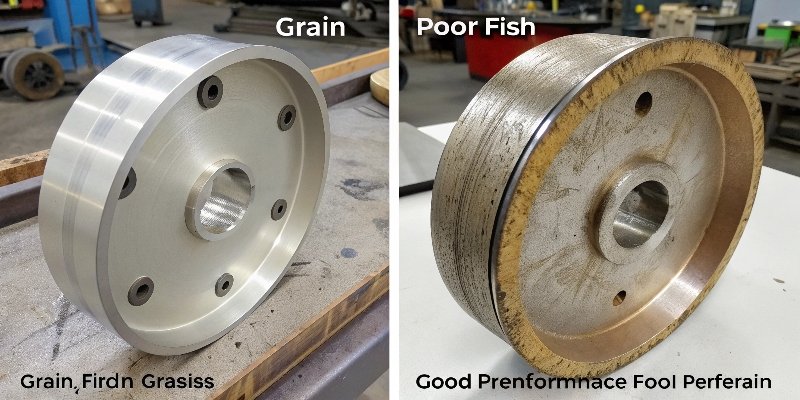
The consequences of grain shedding go far beyond just using up a wheel faster. The real damage is to your work and your equipment. When a wheel starts losing grains, it’s no longer the precision tool it was designed to be. It becomes unpredictable and inefficient. I’ve seen this problem turn a profitable job into a loss-making one because of the high rate of rework and rejects. It’s critical to understand these impacts to appreciate why preventing grain shedding is so important.
Direct Damage to Surface Finish
When a sharp abrasive grain is torn from the bond, it doesn’t just disappear. It often gets caught and dragged between the wheel and the workpiece. This loose, tumbling grain will carve a deep, random scratch into your surface, which is often impossible to polish out. Furthermore, the empty spot left on the wheel face creates an uneven cutting surface. This leads to patterns, chatter marks, and an overall poor, inconsistent finish that won’t meet quality standards.
A Sharp Drop in Cutting Efficiency
Each abrasive grain on the wheel acts as a tiny cutting tool. When thousands of these grains are lost, the wheel loses its cutting ability. It becomes "dull." A dull wheel removes material much more slowly, increasing cycle times. To compensate, operators often increase pressure, which only makes the problem worse by generating more heat. This excess heat can cause burn marks and thermal damage to the workpiece, changing its material properties and compromising its integrity.
Increased Load and Wear on Your Machinery
Forcing a dull wheel to cut puts a heavy load on your equipment. The machine’s spindle motor has to work much harder to maintain its speed, consuming more electricity and generating more internal heat. This extra strain accelerates wear and tear on expensive components like spindle bearings. In the long run, consistently running with worn-out wheels can lead to premature machine failure and costly repairs. Protecting your wheel is also about protecting your machine investment.
Conclusion
Preventing grain shedding comes down to three things: choosing the right wheel, optimizing your process, and performing regular maintenance. These simple steps will give you better quality, longer tool life, and lower costs.
-
Understanding abrasive grains is crucial for selecting the right grinding wheel and improving tool performance. ↩
-
Adjusting feed rate is essential for preventing premature wear and ensuring effective grinding. ↩
-
Minimizing vibration is key to maintaining the integrity of your grinding wheels and achieving better finishes. ↩
-
Choosing the right grain size is crucial for achieving the desired finish and cutting efficiency. ↩
-
Understanding the differences between bond types can help you select the best wheel for your application. ↩
-
Exploring bond strength can help you choose the right wheel for your specific grinding needs. ↩
Written by
leeon
You may also be interested in:
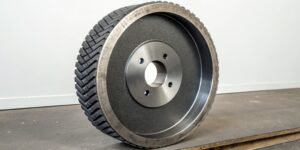
What's the application of CBN Wheels?
Struggling with grinding hard steels? Frequent wheel changes and poor finishes can hurt your bottom line. We have found that CBN wheels provide the durability
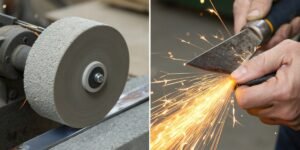
What is the difference between grinding and honing a blade?
A dull blade is a frustrating problem. It slows down production and ruins your workpiece. Using the wrong technique to fix it can cause permanent
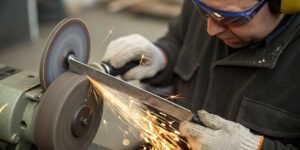
How to sharpen a knife on a bench grinder?
Is your dull knife slowing you down? A bench grinder seems like a quick fix, but you’re worried about ruining the blade. You need a
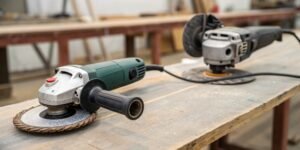
Can you use an angle grinder as a sander?
Your sanding project is tough, and your regular sander is not powerful enough. You look at your angle grinder. It has the power, but is
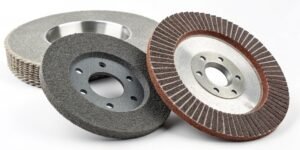
How to judge the quality of a grinding wheel?
Choosing the wrong wheel wastes money and ruins parts. Poor quality leads to downtime and rejection. A few key checks can guarantee you pick the
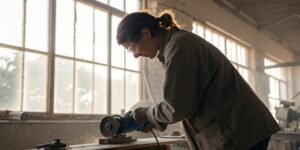
What is low stress grinding?
Struggling with parts failing due to hidden stress from grinding? This common issue causes cracks and reduces component life, costing you money. Low stress grinding
